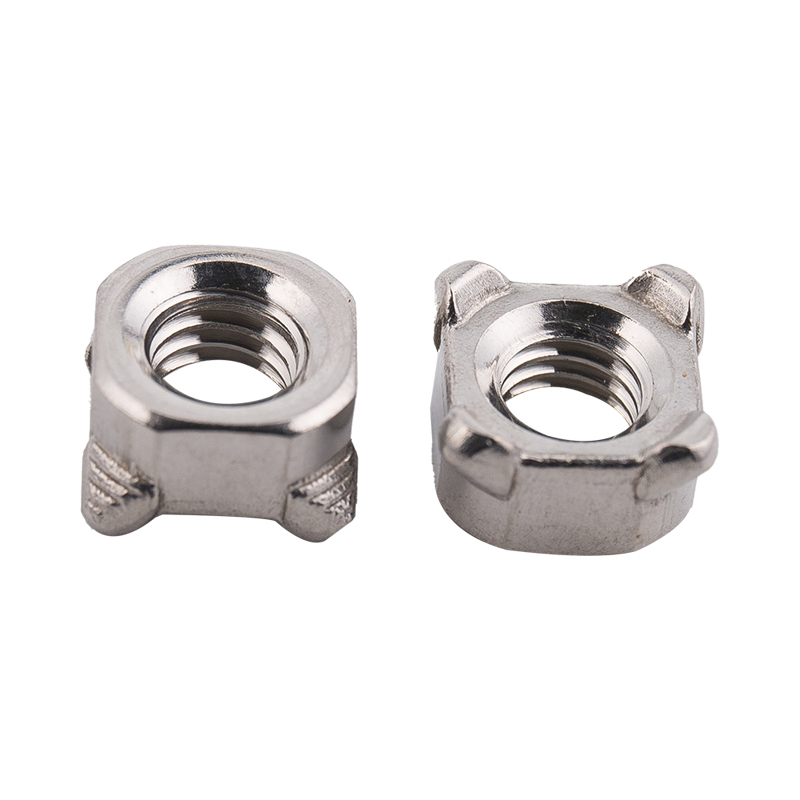-
CBB61 1.2uF/400V Black Film CapacitorsThe CBB61 1.2uF/400V capacitor features a black casing with black dielectric material, measuring 37mm × 24mm × 13mm. It includes mounting holes for se...
-
CBB61 1.5uF/400V CapacitorsThe CBB61 1.5uF/400V capacitor shares the 37mm × 24mm × 13mm black casing and black dielectric material with its 2.0uF counterpart. It also features m...
-
CBB61 2.0uF/400V CapacitorsThe CBB61 2.0uF/400V capacitor comes in a black casing with a black dielectric material, measuring 37mm × 24mm × 13mm. It includes mounting holes for ...
-
CL21 155/400V CapacitorsThe CL21 155/400V capacitor measures 22.5mm × 17.5mm × 10.3mm and is designed with a brown encapsulated casing, offering robust insulation and environ...
-
CL21 105/630V CapacitorsThe CL21 105/630V capacitor has dimensions of 22mm × 12.5mm × 7mm and features a brown encapsulated design, providing enhanced insulation and mechanic...
-
X2-104uf/305V CapacitorsThe X2-104uF/305V capacitor measures 18mm × 12mm × 11mm and features a yellow shell and yellow dielectric material, ensuring reliable insulation and l...
What types of bolts are stainless steel nuts typically paired with?
Industry News-Stainless steel nuts are most commonly paired with bolts made from the same or compatible materials to ensure proper performance, prevent corrosion, and maintain mechanical integrity. Choosing the right bolt to match with a stainless steel nut depends on the application requirements, load conditions, exposure environment, and thread compatibility.
Below is a detailed look at the types of bolts that are typically used with stainless steel nuts, along with the reasons why these combinations are preferred.
1. Stainless Steel Bolts (Same Grade)
The most standard pairing for stainless steel nuts is stainless steel bolts of the same material grade, such as:
304 stainless steel bolts with 304 stainless steel nuts
316 stainless steel bolts with 316 stainless steel nuts
This combination ensures:
Uniform corrosion resistance
Consistent thermal expansion behavior
Compatible mechanical properties
Aesthetic matching for exposed applications
Grade 304 is widely used in general industrial applications, while grade 316 offers superior resistance in saltwater or corrosive chemical environments, making it common in marine, chemical, and food industries.
2. Stainless Steel Bolts (Different Grades)
Sometimes, stainless steel nuts are paired with different stainless grades of bolts to meet specific performance requirements. For example:
A 316 stainless steel nut may be used with a 304 stainless steel bolt in an application where the nut is more exposed to corrosive elements, offering longer life for the more vulnerable part.
A duplex stainless steel bolt, which has higher strength and chloride resistance, might be matched with a standard stainless nut if the nut's environment is less demanding.
While cross-grading is possible, designers must consider galvanic corrosion and mechanical compatibility.
3. Carbon Steel or Alloy Steel Bolts (with Protective Measures)
In certain structural or mechanical applications, stainless steel nuts may be paired with high-strength alloy or carbon steel bolts, especially when the bolts require a higher tensile strength than standard stainless steel can provide.
This combination is only viable when:
The environment is dry or non-corrosive, or
The dissimilar metals are isolated using washers, sleeves, or anti-seize coatings to prevent galvanic corrosion.
Such pairings are less common and typically avoided in marine, outdoor, or chemical settings.
4. Galvanized Steel Bolts
In rare cases, stainless steel nuts are threaded onto hot-dip galvanized bolts. However, this is not generally recommended because:
The zinc coating on galvanized bolts can gall or be damaged by the harder stainless threads.
Galvanic corrosion may occur between the zinc and stainless surfaces, especially in wet environments.
If used together, proper isolation or a barrier coating is necessary, and the fit between threads must be carefully checked to avoid seizing or loosening.
5. Brass or Bronze Bolts (Specialty Use)
Stainless steel nuts may also be paired with non-ferrous metal bolts such as brass or bronze in specific applications, including:
Electrical conductivity-sensitive environments
Decorative hardware
Equipment in coastal or underwater locations
These combinations are highly application-specific and must account for differing hardness and corrosion behavior.
6. Threaded Rods and Stud Bolts
Stainless steel nuts are frequently used with stainless steel threaded rods or stud bolts, particularly in:
Electrical enclosures
Water treatment facilities
Industrial piping systems
Structural fastening where long reach or deep threads are required
These pairings maintain corrosion resistance and are easy to source in matching grades.
Important Considerations When Pairing Nuts and Bolts
Thread Compatibility: Ensure the nut and bolt have matching thread types and pitches (e.g., UNC, UNF, metric).
Corrosion Potential: Avoid mixing metals with large differences in galvanic potential unless mitigated.
Galling Risk: Stainless-to-stainless contact can lead to galling; anti-seize compounds or lubrication can prevent this.
Strength Class Matching: Pair nuts and bolts with compatible strength ratings to avoid premature failure.

Conclusion
Stainless steel nuts are most commonly paired with stainless steel bolts of the same grade for consistency in strength, durability, and corrosion resistance. In special cases, they can be used with other materials, but careful consideration must be given to thread compatibility, galvanic corrosion, and application demands. The right nut and bolt pairing not only ensures structural integrity but also extends the service life of the assembly in challenging environments.



 русский
русский Español
Español